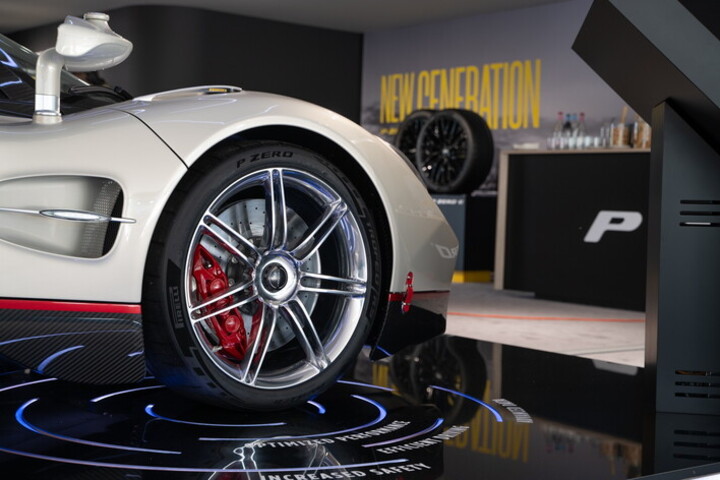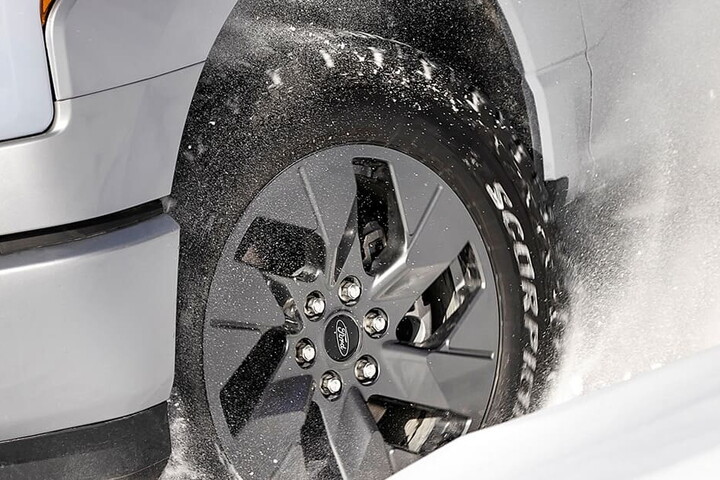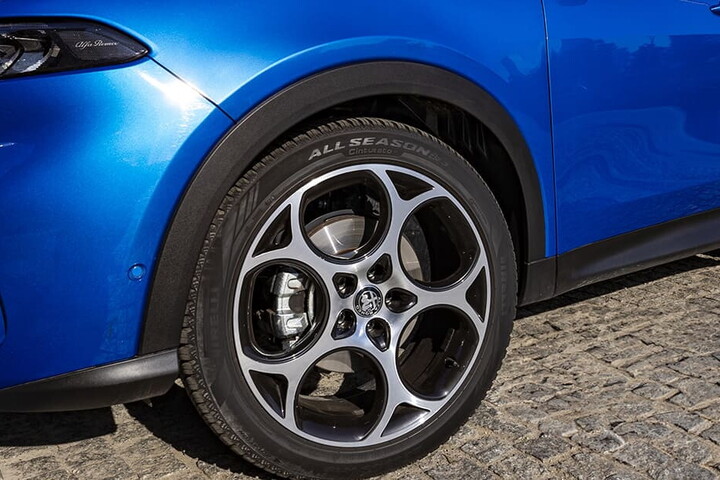TPMS, Tyre pressure monitoring system. Within the flood of acronyms which identify safety systems and driving aids (including those included within another acronym, ADAS), the TPMS is certainly the one most closely associated with tyres. Its origins arose in car racing engineering and has become extremely valuable during races, thanks also to telemetry, because it allows drivers to correct their trajectory, to schedule their pit stops, and to manage the wear on their tyres without the need for unnecessary stops which would compromise performance. It is from these beginnings that we have now reached mass production of the system, including a European standard which since 2014 imposes it as one of the obligatory safety systems.
Also worth reading: Advice for driving in hot weather

European standard regulations
In a normal car, the latest-generation TPMS allows drivers to constantly check tyre pressure, and, in the event of any loss of air, immediately activates an indicator to notify an alarm. There are four sensors located inside the tyres which assess the degree of inflation and transmit these data to a control unit which notifies the levels via an indicator light in a display on the dashboard.
It is interesting to know that the critical situations - established by the European standard – which need to be notified by a good TPMS are: any potential loss of pressure in any single tyre over a 10-minute period; a loss of pressure at the same time in all the vehicle's tyres and a loss of pressure also at any speed below 40 kilometres an hour. Additionally, the frequency has been set – 434 MHz – for the transfer of the data. There also exist a number of indirect TPMS systems, which are less reliable than the direct ones. These do not contain precision sensors placed within each of the four tyres, but they are able to calculate the pressure by computing the speed of rotation of the tyre.
Also worth reading: Is tread wear regular? How to check it
You should always use the correct pressure
Electronics are therefore a fundamental aid in ensuring that your tyres are always at their best but this does not absolve you from the need for checking in a traditional way and on a regular basis. This is all the more necessary because of frequent problems with TPMS caused by defective sensors (as a result of the oxidisation of the valves or low charge in the battery which feeds them) or by a general defect in the system itself.
That is why it is important to check the pressure of your tyres in order to avoid the risk of incurring dangerous consequences while you are driving. In fact, under-inflated tyres can lead to the explosion of a tyre, to difficulties in steering manoeuvres, to an extension of braking distances, to a lower resistance to aquaplaning, and to the premature wear of rims and the treads.
But also over-inflation is incorrect, when you consider that the tyre surface in contact with the road diminishes and therefore adherence and driving comfort are reduced, deformation of the tyre increases and obviously the wear in the middle of the tread increases.
Also worth reading: How to take care of your tyres
Checking should also be tactile and visual
Ensure that pressures are checked – at least once a month or before any long journey – this is also the best opportunity for an “X-ray” examination on the part of a tyre specialist, starting with the basic assessment of the state of wear of the tread up to a visual and tactile check of the tyre surfaces which allows you to discover any potential irregularities, with a particular focus on even the smallest bumps or nicks.
The correct pressure for the tyres is indicated by the manufacturer of the vehicle, in a section of the user manual. Over and above safety considerations, respecting the “little bar numbers” carries a double advantage: it increases the useful life of the tyre, which can become worn by up to 20% more if the pressure is incorrect, and it ensures that reasonable limits apply to fuel consumption as this can rise by up to 6% in order to compensate for a tyre's reduced adhesion to the road surface.




